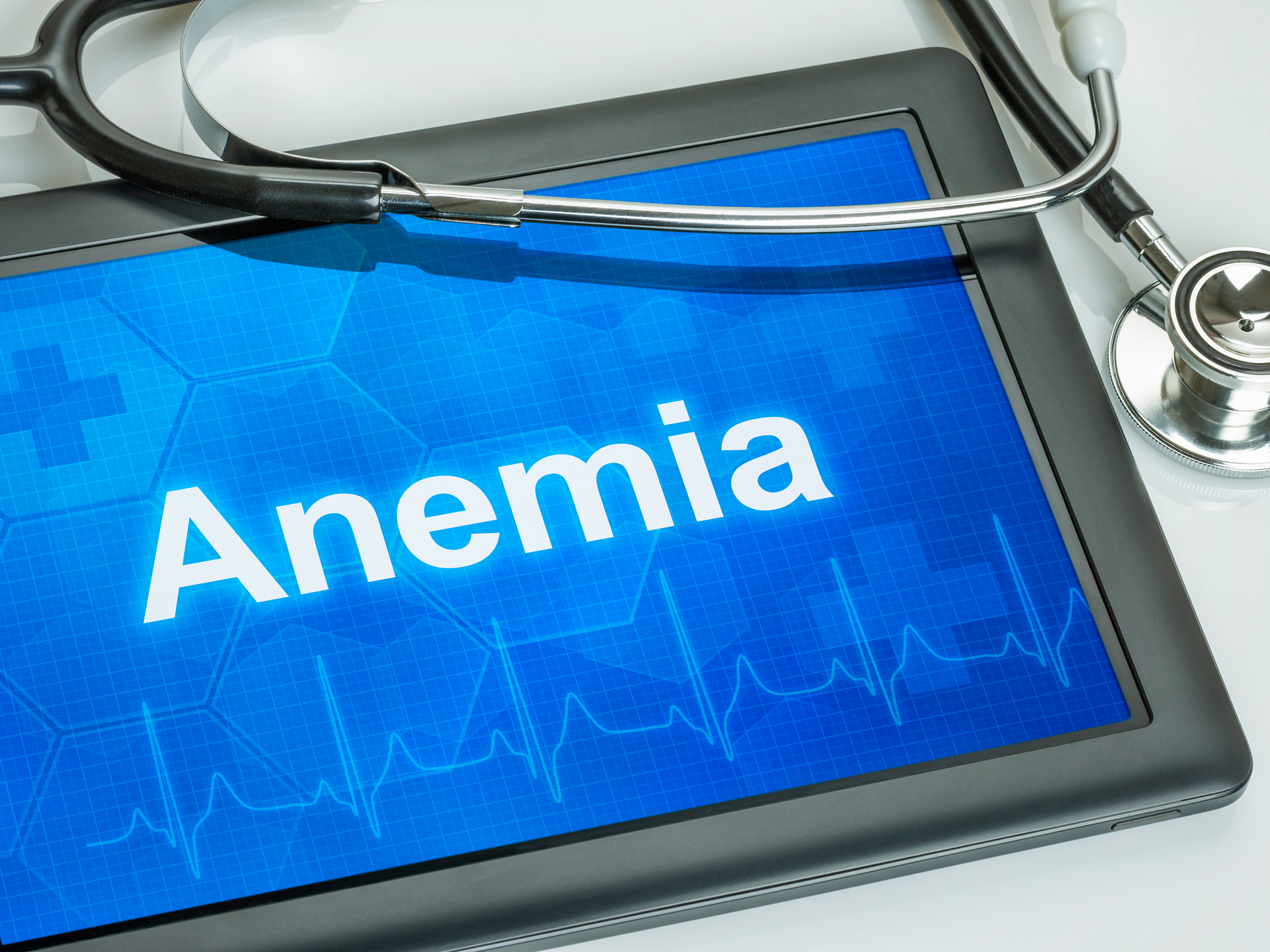Get Easy Health Digest™ in your inbox and don’t miss a thing when you subscribe today. Plus, get the free bonus report, Mother Nature’s Tips, Tricks and Remedies for Cholesterol, Blood Pressure & Blood Sugar as my way of saying welcome to the community!
9 strange signs you’re anemic

There’s an epidemic among American women that can cause strange, even alarming symptoms.
It’s easy to fix once it’s diagnosed. The problem is, it’s often overlooked, misdiagnosed or not properly treated.
It’s iron deficiency anemia. And one in five American women have it. Of course, it affects men too — more than three million people suffer from it nationwide. The question is… are you one of them?
You may be if you suffer from symptoms like fatigue, paleness, weakness or dark under eye circles. These are the most well-known signs of anemia. They’re important to watch out for. But they don’t tell the whole story…
There are other signs of anemia you may be totally unaware of. They’re strange symptoms that could be confused for a more serious illness. In fact, iron deficiency anemia could be the culprit if you’re experiencing:
- Hair loss
- Irregular heartbeat
- Shortness of breath
- A swollen or sore tongue
- Numbness
- Tar-like black stools
- Yellow skin
- Restless legs
- Strange cravings for non-food items like chalk or clay.
Of course, these symptoms could be caused by other health issues too. So how can you know if you’re at risk for an iron deficiency?
Your chances of having iron deficiency anemia are higher if you’re a woman under 50, you’re a vegetarian, you eat a poor diet or if you donate blood frequently. People over 65 are also more likely to eat diets that are too low in iron.
If you fall into any of these categories and are worried you’re anemic, try this quick home self-test to see how you fare:
- Press down on your fingernail for two seconds, pressing against the nailbed. When you release the pressure, your fingernail will be white but should turn pink within a second or two. The longer it takes for your fingernail to return to its natural pink color, the more likely you have anemia.
Of course, the only way to know for sure if you have iron deficiency anemia is to get a blood test. Once you confirm that iron deficiency anemia is causing your strange symptoms, you can do everything in your power to give your body the iron it needs. The easiest way to do that is to up your intake of iron-rich foods like:
- Red meat
- Chicken
- Fish
- Eggs
- Barley
- Oats
- Brown rice
- Beans
- Lentils
- Nuts like almonds, pistachios and pecans
- Dark leafy greens like spinach, Swiss chard and kale
- For some of the best vegetable sources of iron, click here for a handy infographic.
You can also take an iron supplement. But don’t depend on the supplement your doctor may prescribe you — at least not if it’s ferrous sulfate. This type of iron can irritate your stomach, lymphatic system and liver. It’s also not as well absorbed as other forms of iron.
The most easily absorbed and least irritating iron supplements are ferrous gluconate, iron gluconate and iron picolinate. Adult men should get 8 mg of iron per day. Women under 50 should get 18 mg per day, while women over 50 should get 8 mg per day. As an alternative, you could also take a daily tablespoon or two of blackstrap molasses, which gives you up to 20 percent of your recommended daily dosage of iron, calcium, magnesium and potassium.
Sources:
-
Gottlieb, Bill. Alternative Cures: More Than 1,000 of the Most Effective Natural Home Remedies. New York, NY: Ballantine Books, 2008.
-
“Iron deficiency anemia.” The Mayo Clinic. http://www.mayoclinic.org. Retrieved October 8, 2016.
-
“14 signs you could be anemic.” Fox News. http://www.foxnews.com. Retrieved October 8, 2016.
-
“Anemia and Iron-Rich Foods.” The Cleveland Clinic. http://my.clevelandclinic.org. Retrieved October 8, 2016.
-
“Iron: Dietary Supplement Fact Sheet.” National Institutes of Health. https://ods.od.nih.gov. Retrieved October 8, 2016.












